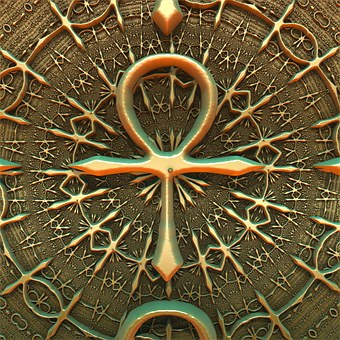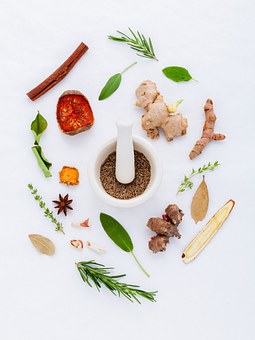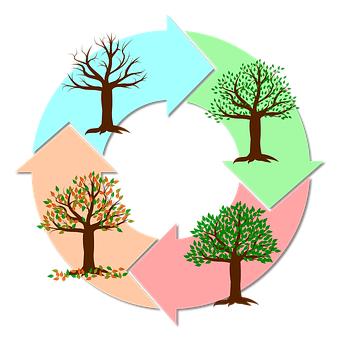This article was written by Douglas De Long
posted under Health & Healing
The Gospels of the New Testament, written records, mention several women as being associated with Jesus. Along with Mother Mary, there was Mary Magdalene. She worked as an energy healer and herbalist. She was not a prostitute as the Gospels wrongly portrayed her. She was closely associated with Jesus, who trained her in the ancient mysteries. Mary Magdalene used her secret knowledge and gifts and became a wonderful healer.
Continue reading “4 Ways to Heal Using Divine Energy”







